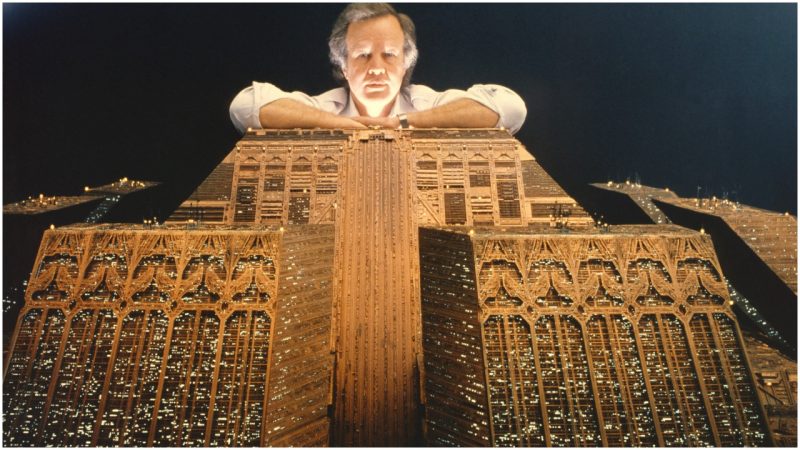Its troubled birth in 1982, which included being a box-office failure, didn’t stop Ridley Scott’s film Blade Runner from becoming a timeless futuristic manifesto. Blade Runner‘s immense influence on science fiction as a genre grew over the last three and a half decades, and with its sequel, Blade Runner 2049, now out, it will continue to make its mark.
The dark and mysterious universe of Blade Runner took cinematography and set design to a whole new level. When it comes to the architectural aesthetics of Blade Runner, it is safe to say that it served as a storytelling method. Up to this point, no movie had gone to such great lengths to employ architecture as a narrative tool.
Like all artists, the design team of Blade Runner–the ones who created the outstanding sci-fi/noir atmosphere and architecture of the movie–needed an inspiration. It clearly came from a number of influences, including the Hong Kong skyline, Fritz Lang’s 1927 epic film Metropolis, ancient ceremonial structures, and a number of architects, among whom is the Italian futurist architect Antonio Sant’Elia, whose work inspired the visual worlds of both Blade Runner and Metropolis.
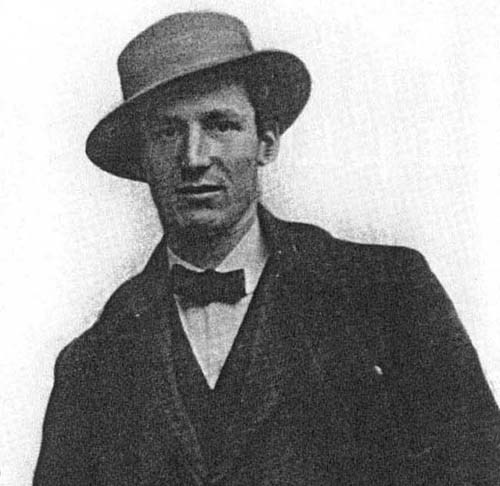
Sant’Elia began his career as a draftsman in 1907, creating some fascinating architectural drawings, but most of his work remained uncompleted due to his tragic death in the Eighth Battle of the Isonzo, in World War I. Sant’Elia was only 28 years old when he died, but his contributions forever sealed his place as one of the most compelling and influential figures of modern architecture.
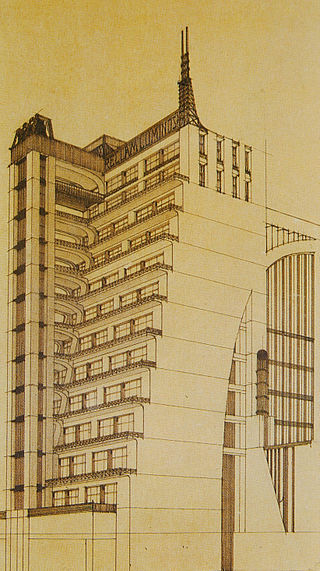
According to some sources, Antonio Sant’Elia is the man who published the Manifesto of Futurist Architecture in 1914, but there is an ongoing debate about authorship. “Everything must be revolutionized. Roofs and underground spaces must be used; the importance of the façade must be diminished; issues of taste must be transplanted from the field of fussy moldings, finicky capitals and flimsy doorways to the broader concerns of bold groupings and masses, and large-scale disposition of planes. Let us make an end of monumental, funereal and commemorative architecture. Let us overturn monuments, pavements, arcades, and flights of steps; let us sink the streets and squares; let us raise the level of the city.”
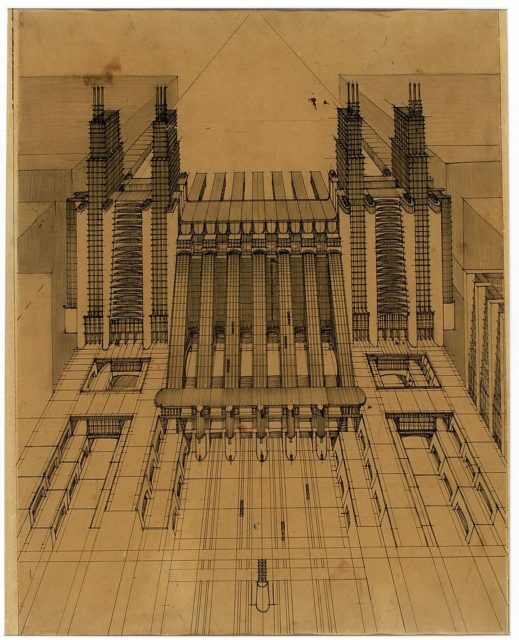
If you think that these are the words uttered by a science-fiction movie narrator, you are dead wrong, because this is just part of the Manifesto of Futurist Architecture, possibly published by Sant’Elia.
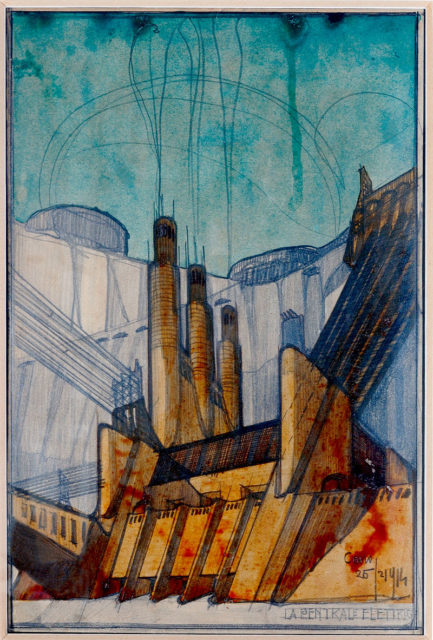
Best known for his Città Nuova or “New City” of the future, Antonio Sant’Elia wanted to “invent and rebuild the Futurist city like an immense and tumultuous shipyard, agile, mobile and dynamic in every detail; and the Futurist house must be like a gigantic machine.”
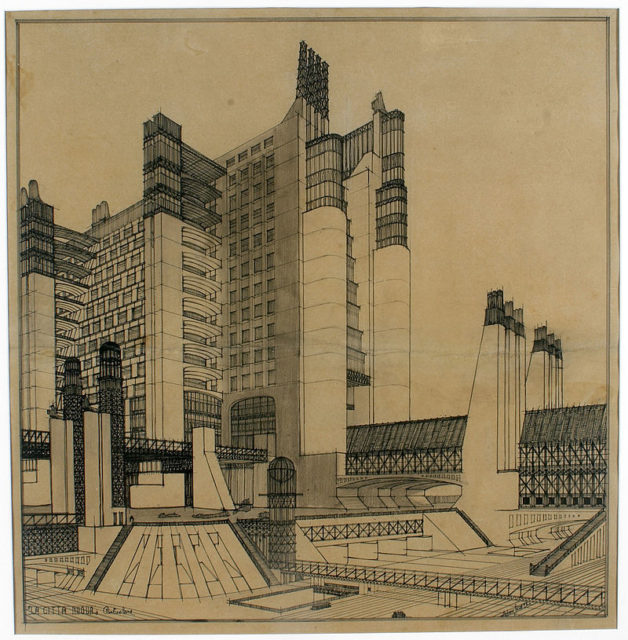
Just a glimpse at his ”New City” drawings is enough for one to know that they served as an inspiration for the visual world of Blade Runner. But the city Sant’Elia envisioned and masterfully drew was never constructed–its legacy continues to live on only through science fiction films.
Antonio Sant’Elia’s drawings luckily survived and many of them can be seen in the Pinacoteca di Como (Como’s art gallery), where they are permanently displayed.
From what we are able to see, it’s easy to conclude that Sant’Elia was a man ahead of his time, and not just because his work inspired the architectural aesthetic of Blade Runner. It has been over a century since his death, and there are no signs that any of the present architectural creations can match the work of this genius.
